Posts in Category: interactive behavior
immediate interactive behavior
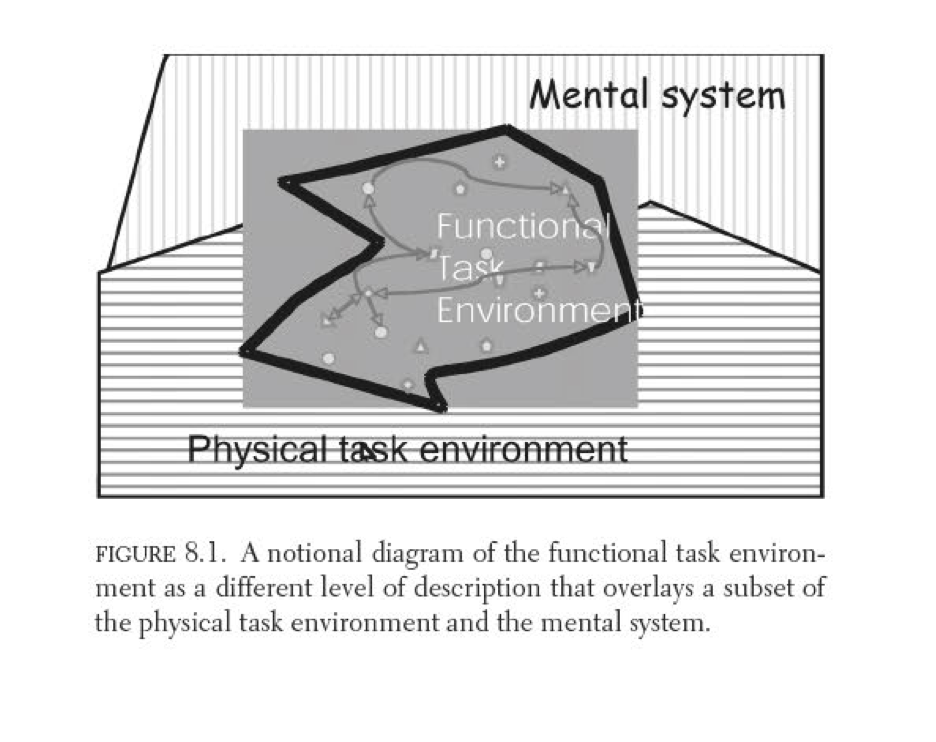
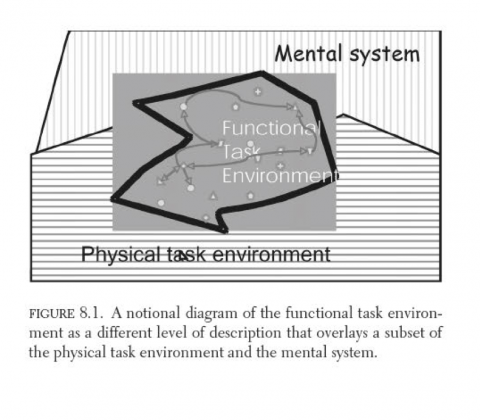
Chapter: The functional task environment
The apparent complexity of our behavior over time is largely a reflection
of the complexity of the environment in which we find ourselves.
(Simon, 1996, p. 53)
Wayne D. Gray, Hansjörg Neth, Michael J. Schoelles
The functional task environment
From the introduction: Although human thought may be possible in those floatation tanks that are used to encourage meditative states, in by far the majority of instances thought occurs in the context of some physical task environment. The physical environment can be as simple as a light and book. It can be as complex as the face of a mountain and the equipment of the climber. It may be as dynamic as the cockpit of an F-16 in supersonic flight and as reactive as a firefight in Iraq or as heated as an argument between lovers.


Paper: Integrated models of cognitive systems
Michael J. Schoelles, Hansjörg Neth, Christopher W. Myers, Wayne D. Gray
Steps towards integrated models of cognitive systems: A levels-of-analysis approach to comparing human performance to model predictions in a complex task environment
Abstract: Attempts to model complex task environments can serve as benchmarks that enable us to assess the state of cognitive theory and to identify productive topics for future research. Such models must be accompanied by a thorough examination of their fit to overall performance as well as their detailed fit to the microstructure of performance. We provide an example of this approach in our Argus Prime model of a complex simulated radar operator task that combines real-time demands on human cognitive, perceptual, and action with a dynamic decision-making task. The generally good fit of the model to overall performance is a mark of the power of contemporary cognitive theory and architectures of cognition. The multiple failures of the model to capture fine-grained details of performance mark the limits of contemporary theory and signal productive areas for future research.
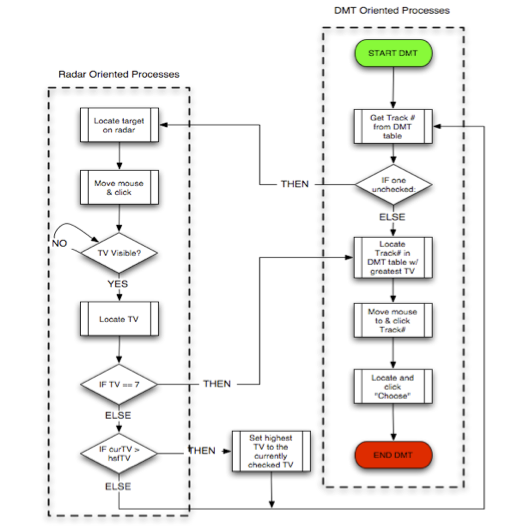
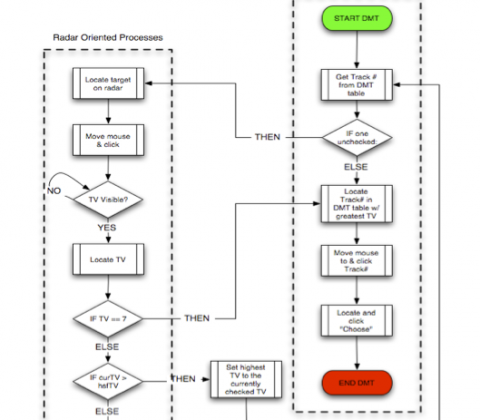
Paper: simBorgs modeling dynamic decision making
| For the exogenously extended organizational complex functioning as an integrated homeostatic system unconsciously, we propose the term “cyborg”. |
| M.E. Clynes and N.S. Kline (1960), Cyborgs and Space (Astronautics, 13) |
Christopher W. Myers, Hansjörg Neth, Michael J. Schoelles, Wayne D. Gray
The simBorg approach to modeling a dynamic decision-making task
Abstract: The simulated cyborg (or, simBorg) approach blends computational embodied-cognitive models of interactive behavior with artificial intelligence based components in a simulated task environment (Gray, Schoelles, & Veksler, 2004). simBorgs combine human and machine components. This combination of high fidelity cognitive modeling (human) and AI (machine) facilitates the development of families of models that allow the modeler to hold components (memory, vision, etc) at different levels of expertise without concern for cognitive plausibility. For example, rather than modeling human problem solving, the modeler can rely on various black-box techniques (i.e., cognitively implausible AI), thereby focusing on predicting how subtle differences in costs and benefits in interactive methods affect performance and errors. The current modeling endeavor adopts the simBorg approach in order to build a family of interactive decision-making agents.
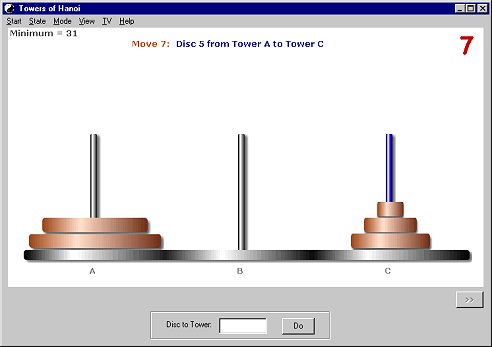
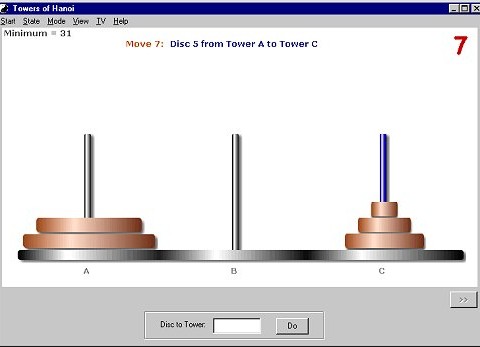
Paper: Thinking by doing?
| There is a co-ordination of senses and thought, and also a reciprocal influence between brain activity and material creative activity. In this reaction the hands are peculiarly important. It is a moot point whether the human hand created the human brain, or the brain created the hand. Certainly the connection is intimate and reciprocal. |
| A.N. Whitehead, Technical Education and its Relation to Science and Literature, p. 78. |
Hansjörg Neth, Stephen J. Payne
Thinking by doing? Epistemic actions in the tower of Hanoi
Abstract: This article explores the concept of epistemic actions in the Tower of Hanoi (ToH) problem. Epistemic actions (Kirsh & Maglio, 1994) are actions that do not traverse the problem space toward the goal but facilitate subsequent problem solving by changing the actor’s cognitive state. We report an experiment in which people repeatedly solve ToH tasks. An instructional manipulation asked participants to minimize moves either trial by trial or only on the last three of six trials. This manipulation did not have the predicted effect on the trial-by-trial move counts. A second, device manipulation provided some participants with an “exploratory mode” in which move sequences could be tried then undone without affecting the criterion move count. Participants effectively used this mode to reduce moves on each trial, but there was no clear evidence that they used it to learn about the problem across trials. We conclude that there is strong evidence for one sub-type of epistemic action (acting-to-plan) but no evidence for a second sub-type (acting-to-learn).